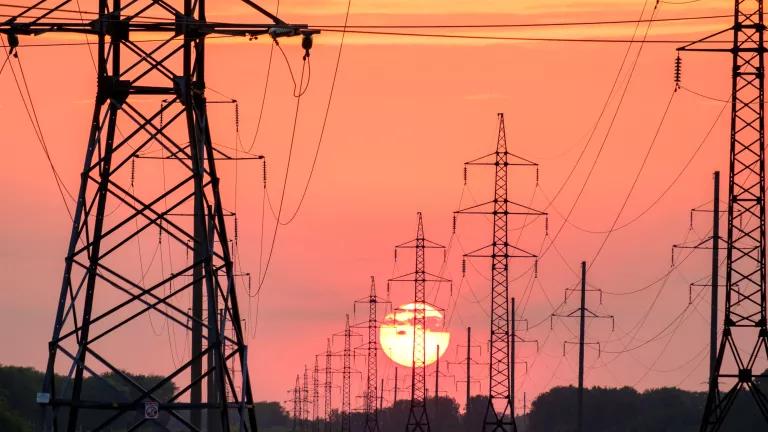Californians looking for ways to save energy in the New Year will be glad to learn that the California Public Utilities Commission today unanimously approved a suite of energy efficiency programs for 2013-2014 that will help do just that.
The nearly $2 billion investment over the next two years will enable utilities, local governments, nonprofits, and others like energy efficiency auditors, installers, and retrofit companies carry out programs beginning in January 2013 to help electric and natural gas utility customers save energy.
The savings over the lifetime of the programs are expected to yield more than $1 billion in net benefits to customers in the form of lower utility bills and avoid the need to build at least 1.5 large power plants, according to proposals filed with the Commission. In addition, the energy savings will cut annual greenhouse gas emissions by more than two million tons of carbon dioxide, the equivalent to the carbon pollution from more than 500,000 cars, based on data from the California Air Resources Board.
But the benefits don’t stop there. Energy efficiency has proven to create jobs that span across the efficiency industry. From jobs in the building sector with contractors insulating attics and sealing ventilation ducts, and auditors ensuring our homes and buildings are energy savers; to jobs in the domestic manufacturing sector with workers making products like fiberglass and spray foam insulation and caulk that make our homes and buildings more energy efficient. And beyond the building and domestic manufacturing sector – energy efficiency creates the majority of jobs when Californians spend their utility bill savings on goods and services in the local economy.
The Commission’s vote also comes at a critical time when recent events like Hurricane Sandy’s devastation in the Northeastern United States, and this summer’s heat wave that swept across the country, setting record high temperatures and contributing to the worst drought in 50 years, are harsh reminders that we must move quickly to curb global warming pollution through efficiency and clean energy. By approving these efficiency programs the Commission is also supporting California’s climate law, known as AB 32, which caps greenhouse gas emissions at 1990 levels by 2020, and requires groundbreaking clean energy measures like renewable fuels, solar and wind energy, and energy efficiency.
About the Energy Efficiency Programs
The newly approved energy efficiency programs, guided by the California Long Term Energy Efficiency Strategic Plan, will help a broad range of Californian utility customers (e.g., commercial, residential, agricultural, and industrial) and reach all levels of the supply chain including manufacturers, retailers, and contractors.
In addition to the traditional tried-and-true programs, like those that help customers replace inefficient appliances with energy-saving ones, the adopted programs will also:
- Increase program availability to middle-income customers,
- Establish low-cost financing options to help customers fund efficiency upgrades,
- Further develop the role of workforce, education, and training,
- Enhance the whole-home building retrofit program, and
- Expand regional collaborations among local governments to reach more customers.
Where We Need to Go Next
The newly adopted energy efficiency programs will yield substantial benefits for Californians, but the approved budget represents a slight decrease from prior years at a time when California needs to substantially ramp-up its energy efficiency efforts.
The Commission has adopted important goals to achieve the benefits of efficiency. However, to sufficiently ramp-up the Commission needs to address a number of conflicting rules that prevent the utilities and other program implementers from fully realizing those objectives. As a result, the programs will continue to provide valuable savings to customers but will be smaller than their true potential to capture all available savings.
The next two years provides an opportunity for the Commission to align its policies and ensure the utilities are properly motivated to aggressively capture all cost-effective energy efficiency (for more on this effort, see my colleague Devra Wang’s blog). The Commission should also establish collaborative processes for how success is measured and to plan for future efficiency efforts. This will help the Commission make certain that California is investing in all cost-effective energy efficiency to bring bill relief to customers and avoid the need to purchase dirtier and more costly power.
While the Commission’s action today is a good step forward, California must continue to forge ahead and do much more to scale up energy efficiency. The Commission should take California to the next level and continue to lead the nation in efforts that will save customers even more energy and money on their bills, build a strong efficiency workforce, and minimize the impact of fossil fuel use on our environment.




